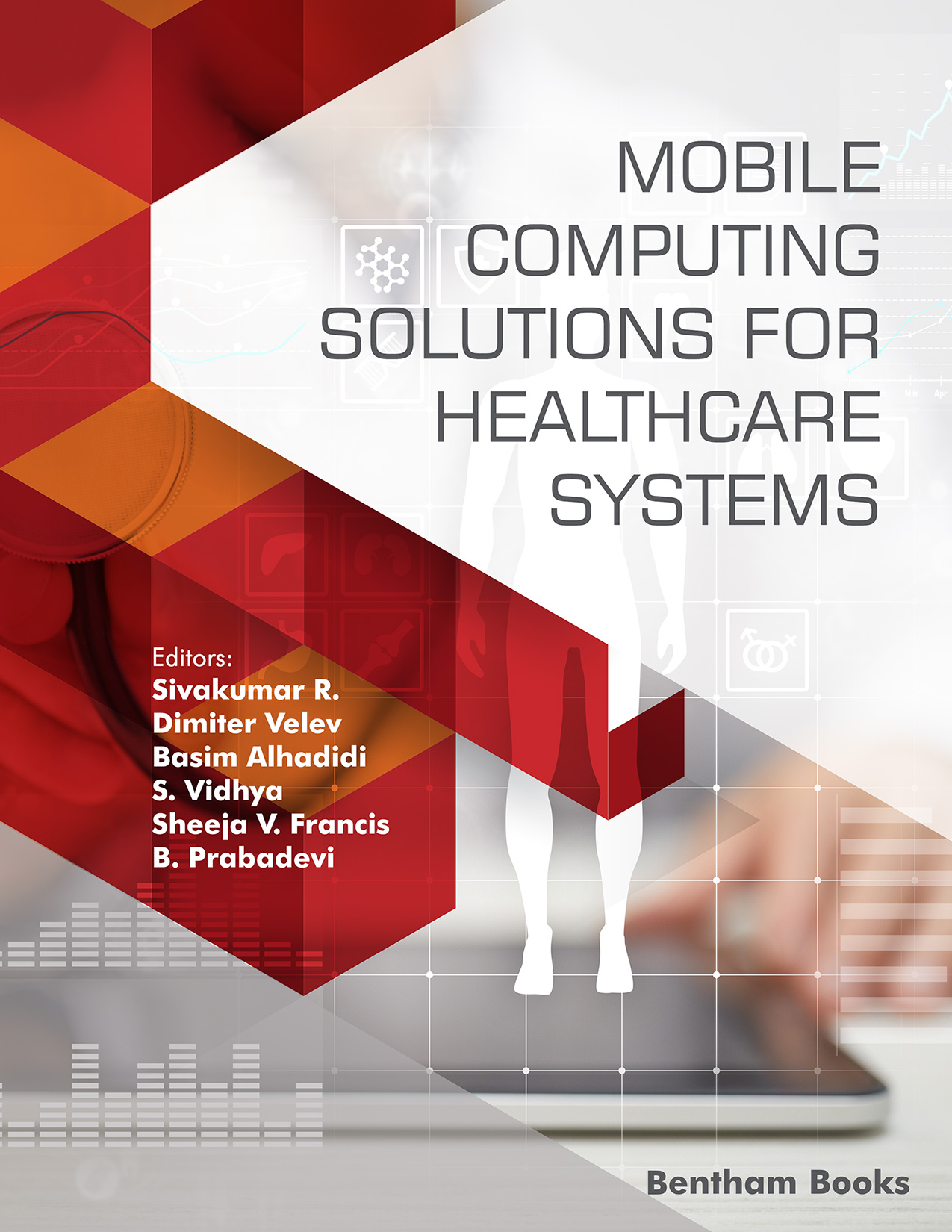Mobile Health (M-Health) integrates the Internet of Things, mobile computing, medical image processing, medical sensor, and communications technology for mobile healthcare applications. Wireless Body Area Networks (WBANs) of intelligent sensors represent an emerging technology for system integration with great potential for unobtrusive ambulatory health monitoring during extended periods. However, system designers will have to resolve several issues, such as severe limitations of sensor weight and size necessary to improve user compliance, sensor resource constraints, intermittent availability of uplink connectivity, and reliability of transmission, security, and interoperability of different platforms. In addition, there are many challenges like Frequency Band Selection, Antenna Design, Channel Modelling, Energy-efficient hardware, Real-time connectivity over heterogeneous networks Security and Privacy, and others. With the WBAN placed on the patient body in rural areas and the mobile computing devices having the intelligence to acquire and process the data immediately, some of the issues like security and privacy are overcome. More intelligent processing is made available in handheld devices by building more facilities in the device software. This book focuses on recent developments in integrating AI, machine learning methods, medical image processing, advanced network security, and advanced antenna design techniques to bring M-Healthcare systems, leading to a new, promising, and secure M-Healthcare system. This book aims to bring together researchers and practitioners to address several types of research and achievements in the field of M-Healthcare-based intelligent IoT and Machine Learning based systems for personalized intelligent M-Healthcare and remote monitoring applications.
The book is organized into eleven chapters. A brief description of each of the chapters is as follows:
Chapter 1 identifies the existing challenges in the management of channel estimation methods for high-mobility 5G- OFDM systems for 5G. The chapter sets the scene for discussions presented by various authors. In particular, the chapter presented a new channel estimation method for high-mobility 5G- OFDM systems for 5G. Furthermore, the chapter proposed a scheme that is feasible for many current wireless OFDM communication systems.
Chapter 2 presents a novel short-term prediction method for COVID-19. The authors examine the understanding of some challenges and inaccurate predictions of the natural progression of COVID-19. The overall aim of the chapter is to propose a mobile health (M-Health) App and help the user to know the status of the pandemic state and act accordingly.
Chapter 3 presents intrusion detection in IoT-based health monitoring systems. The authors of this chapter implemented and compared the various algorithms on the BoT-IoT dataset and their performance measures.
Chapter 4 presents an analysis of issues and concerns in machine learning methods for intelligent healthcare. The authors provide an outline of the requesting circumstances, conduit, and methods of sharp well-being. A logical conduit of information handling is obliged for regular intelligent well-being, information securing, records preparing, insights dispersal, data security and privateness, and systems administration and processing advancements.
Chapter 5 presents the multi-factor authentication protocol based on electrocardiography signals for a mobile cloud computing environment. This chapter has addressed a proposal and a partial evaluation of a multi-modal protocol that uses three factors (password, IMSI, and biometric signals based on electrocardiograms) to provide mutual authentication to users and CSP.
Chapter 6 reviews the recent trends in the internet of things, challenges, and opportunities. The authors systematically review the analysis of IoT protection and privacy problems, current security strategies, and a list of open topics for potential study.
Chapter 7 discusses the robust medical image watermarking techniques for secure medical data transmission in the mobile healthcare system. Two Robust medical image watermarking techniques are discussed. In the first method, an intelligent-based robust medical image watermarking technique is considered using a genetic algorithm. In the second method, visual meaningful image encryption is discussed to overcome the visual attack.
Chapter 8 presents the smartphone-based real-time monitoring and forecasting of drinking water quality using LSTM and GRU in the IoT Environment. The authors show that analysis made using GRU is much faster than LSTM, whereas the prediction of LSTM is slightly more accurate than GRU. The proposed system produces accurate results and can be implemented in schools and other drinking water resources.
Chapter 9 presents the IoT-enabled crowd monitoring and control to avoid covid disease spread using CrowdNet and YOLO. The authors proposed two modules; a deep CNN CrowdNet people counting algorithm to detect the distance between humans in highly dense crowds and an IoT platform for sending information to the authorities whenever there is a violation. Image processing is carried out in two parts: extraction of frames from real-time videos using YOLO CV, and the second one is the processing of the frame to detect the number of people present in the crowd.
Chapter 10 presents a game-based neurorehabilitation technology to augment the motor activity of hemiparesis patients. The authors of this chapter proposed a method that involves the design of neurorehabilitation technology by developing game-based interventions to improve the motor activities of hemiparesis patients.
Chapter 11 proposes smart wearable sensor design techniques for mobile healthcare solutions. The authors of this chapter discuss the technological developments that have led to the clinical utility of smart wearable body sensors. The authors have highlighted the points in how smart wearable sensors can enhance the physician-patient relationship, promote remote monitoring techniques, and impact healthcare management and spending.
Sivakumar R.
Department of Sensor and Biomedical Technology
School of Electronics Engineering
Vellore Institute of Technology, Vellore, India
Dimiter Velev
Department of Information Technology and Communications
The University of National and World Economy, Bulgaria
Basim Alhadidi
Department of Computer Information Systems
AlBalqa’ Applied University Salt 19117, Jordan
S. Vidhya
Department of Sensor and Biomedical Technology
School of Electronics Engineering
Vellore Institute of Technology, Vellore, India
Sheeja V. Francis
Department of Electronics & Communication Engineering
Jerusalem College of Engineering, Pallikaranai, Chennai,
India
B. Prabadevi
Department of Information Technology
School of Information Technology and Engineering
Vellore Institute of Technology, Vellore, India

